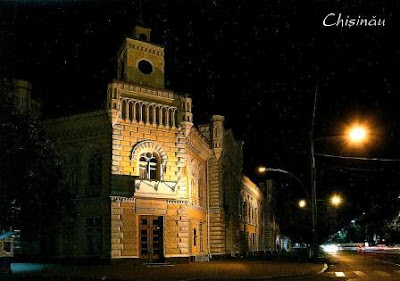The Macedonian side of Lake Ohrid was declared a World Heritage Site by UNESCO in 1979, with the site being extended to also include the cultural and historic area of Ohrid in 1980. The Albanian side of Lake Ohrid was also designated UNESCO world heritage status in 2019.
The towns situated at the lakeside are Ohrid and Struga in Macedonia along with Pogradec in Albania. - in: wikipedia
This card was also sent by Boris.
Photo: Armando Baguca
The city of Pogradec lies on the western shore of Lake Ohrid, which is the heart and soul of this city.
Ohrid is the deepest (285m) lake in the Balkans, and is split between Macedonia (in Ohrid and Struga), and Albania. It took around 4 million years for this lake to form its present shape, from the moment the soil began to shift on the western side of the Dinaric Alps. Now, it is a veritable, picture-perfect swan lake, as well as an ecosystem that includes over 200 species – making it a real national treasure. - in: https://www.intoalbania.com




























